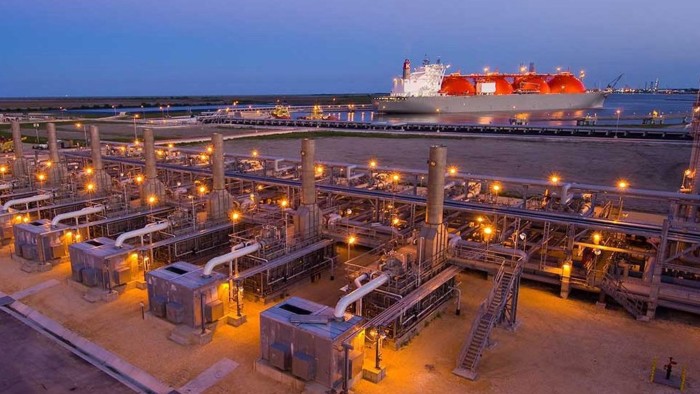US exports gas to the Middle East

Simply sign up to the US trade myFT Digest -- delivered directly to your inbox.
For the US to sell gas to the energy-rich Middle East might seem like sending coal to Newcastle, but it has started to happen as the American shale revolution upends the global flows of resources.
Two cargoes of US liquefied natural gas from Cheniere Energy’s Sabine Pass plant in Louisiana have been delivered to Kuwait and Dubai in recent months to meet the rapidly growing demand for energy.
This reversal of the well-established flows of hydrocarbons from the Middle East to the US reflects the boom in American gas production caused by the development of previously uncommercial shale reserves, and the soaring demand for energy in economies from the Gulf to north Africa.
“We’re in a time of huge change in LNG shipping routes,” said Ted Michael of Genscape, a market data provider. “The old order is being overturned, and we haven’t seen the dust settle yet.”
The Sabine Pass plant shipped its first cargo in February, and has already sent LNG to seven countries: Argentina, Chile, Brazil, India and Portugal, as well as Dubai and Kuwait.
Many Middle Eastern countries have large gas resources, but have not had the investment they need to bring their reserves into production. Countries with fast-growing economies and populations have been forced to took to gas imports for power generation and industrial uses.
Their rising demand for gas coincides with a wave of additional supply reaching world markets as new LNG export projects in Australia and the US come into production.
Those additional supplies are depressing prices, making LNG a more attractive fuel for power generation, and low-cost floating regasification plants have made it easier for countries to become importers.
Kuwait’s LNG imports tripled from 1m tonnes in 2012 to 3.04m tonnes last year, according to the Middle East Economic Survey. Egypt and Jordan became LNG importers for the first time last year.
Qatar is the world’s largest LNG exporter, but over the next few years it is set to be toppled by Australia and rivalled by the US.
The International Energy Agency has forecast that by 2040 gas demand in the Middle East will almost double, so the region could become an increasingly important market for US LNG.
Jason Bordoff of Columbia University’s Center on Global Energy Policy said: “In the Middle East there is huge interest in increasing gas supplies, and the US is one of the world’s cheapest sources of gas.”
Although the US is now sending gas to the Gulf, it is still importing oil from the region. US imports of crude from the Gulf averaged 1.6m barrels per day so far this year, compared with 2.4m b/d in 2003-04.
The LNG exports from the US are reopening an energy trade route to the Middle East that was last active in the 1890s.
Daniel Yergin, the energy historian, said: “The US was the dominant supplier of oil to the Middle East until the rise of Russian exports at the end of the 19th century. Those imports from Russia were then in turn replaced by the Middle East’s own oil production in the 20th century.”
Comments